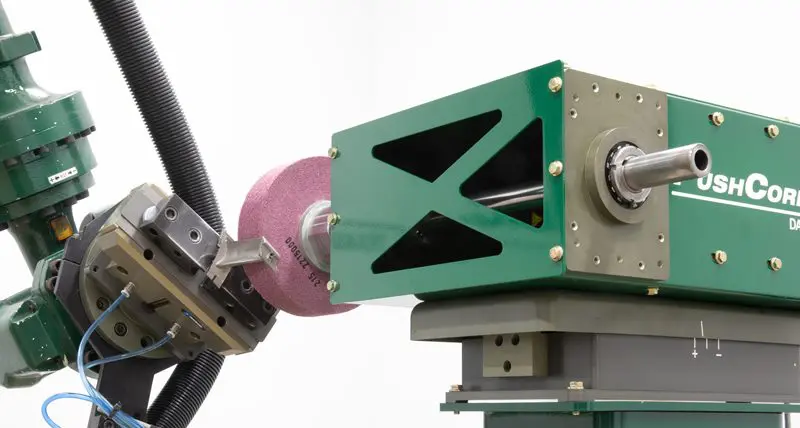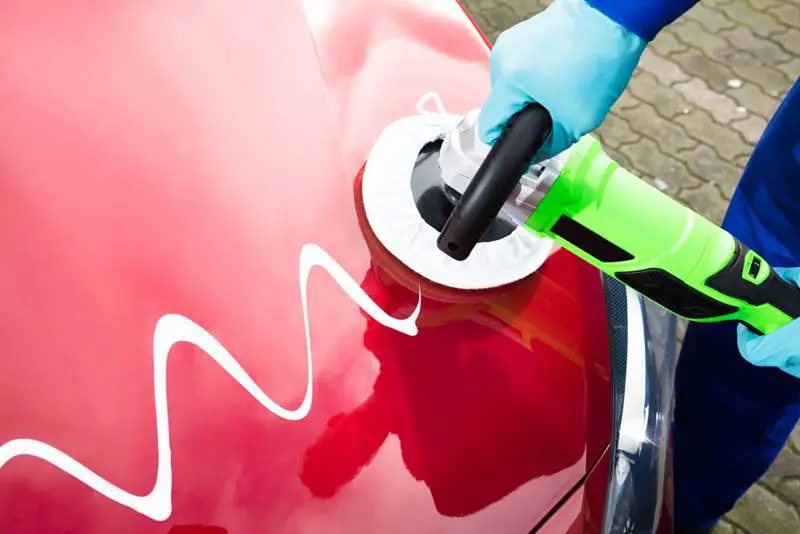
One of the biggest benefits of robotic automation is improved consistency. Robots follow highly repeatable motion paths, which means robotic processing avoids the variability seen in operations performed by hand and from operator to operator.
This is particularly important in robotic material finishing projects. With manual polishing part-to-part variation is inevitable: a robotic polishing system can help reduce these variations if the application is evaluated thoroughly beforehand and processed properly.
We recently spoke with Mike Olson, owner of Complete Solution Robotics LLC, and Charles Young, Sales Manager – Robotic Systems at Acme Manufacturing Company, to get their views on how to evaluate a robotic polishing application. Here’s what we took away from our discussion with these two robotics automation specialists.
Is the Project Well Defined?
Young suggests starting out by asking, “What are the current problems driving them to automation?” Common goals are to minimize repetitive motion injuries, save labor, increase capacity, or raise quality. He recommends producing a Scope of Work document, saying, “You would be surprised how many prospects don’t understand how helpful this is.” With this, the end customer and integrator have a set of metrics to which the project can be set. Within this Scope of Work document, there will be careful attention paid to the exact success criteria that the cell’s design and operation will be measured against.
Young also recommends establishing the annual production volume and parts required per hour for each part number or reference. He notes this is the key factor in achieving a satisfactory ROI.
Are the Polishing Requirements Fully Understood?
It’s essential to have a definition of the required finish. On functional parts/surfaces this may be quantified, but where a finish is for aesthetics this is much harder.
Olson stressed the importance of understanding how the job is actually done now, and not just how management or engineering think it is done. He commented, “We like to go on the floor and observe, listen, and understand what the process really is.” This will give the team a better understanding of what is actually trying to be replicated in the robotic cell.
Olson also noted, “Perception of the part finish will vary between people — so how do you know if you are ever done with the project?” He advises keeping a part everyone agrees is acceptable for comparison with the production parts.
Olson further stressed that polishing one surface to match a pre-existing surface on another part or area is difficult. “You are [usually] better off to polish the complete part than to match a finish that is already on the part.”
Another suggestion is to assess the variability or consistency of the parts when they reach polishing, (often the final operation.) Wide variations in properties like dimensions, hardness or finish indicate unstable processes upstream. These will complicate robotic polishing and should be addressed first.
In a situation where the part is new, evaluation is especially difficult. Olson suggests a paid feasibility is always valuable because it provides the time for a thorough evaluation. PushCorp offers this type of service in their proof of concept lab in Dallas, Texas. This is a good way to identify key risks in the process being proposed and ensure the correct tooling is specified.
Other Considerations
Young noted the value of robotics and automation experience. He suggests implementation will go more smoothly at a company that already uses robots.
Another factor in bringing about project success is to have a project champion. This person should be involved from the outset and not brought in after project details are agreed upon. It is not necessarily important that the champion has any experience with the robot, but it is critical that they understand the process. The science of programming a robot is easily transferred but the art of polishing or buffing is not.

Getting Started
Robotic polishing can lower costs and improve quality, but implementation is seldom straightforward. The advice given here will help readers evaluate potential projects. If that shows potential, PushCorp can help recommend end of arm tooling and setup proof of concept testing to ensure customers are starting off on the right track.